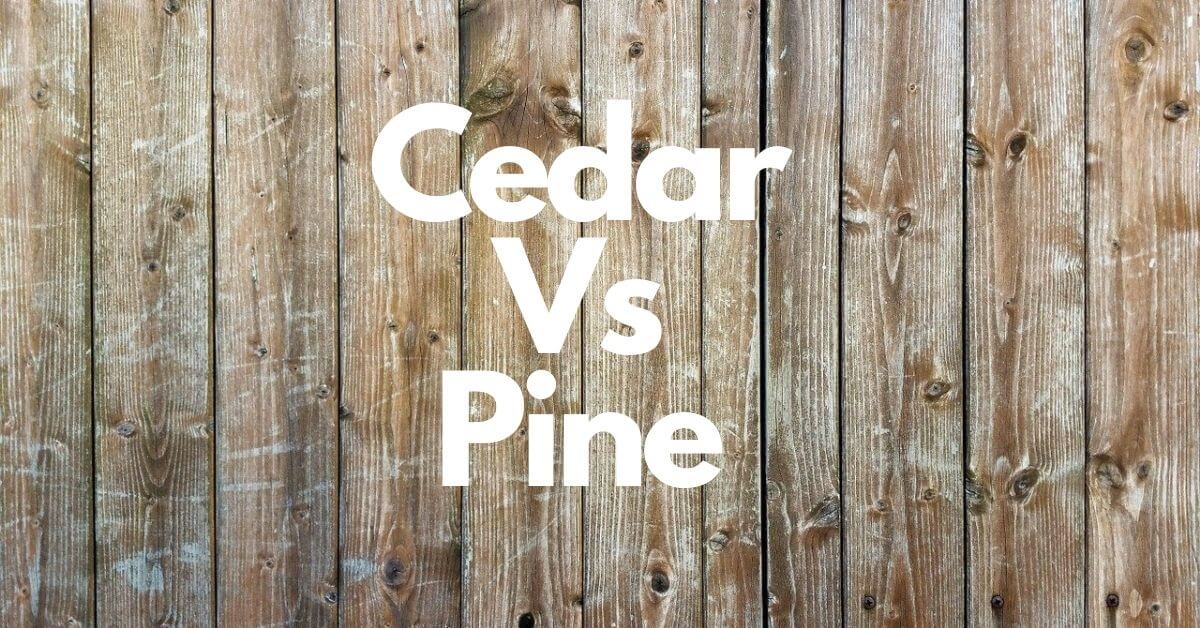Cedar wood is stronger, durable, and more resistant than Pine Wood. The color of Pine Wood is light, whereas Cedar is slightly darker than Pine.
Cedar and Pine are both popular woods that are most commonly used for making furniture, flooring, and fences. So it isn’t easy to choose between these two types of wood, but here is a comparison of these two kinds of wood; I hope it will help you in choosing.
Cedar Wood
Cedar (Cedrus) is known for making quality furniture. It gives a great appearance and durability. Cedar has natural rot and decay resistance properties. Which makes it suitable for external applications. Its many special properties make it different from many other softwoods.
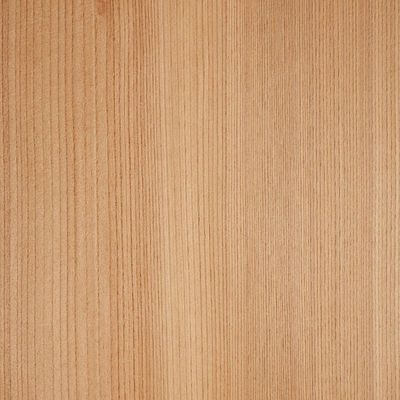
Cedar is not a wood of a particular species. Rather, cedar includes many species of wood, such as Western Red Cedar, Northern White Cedar, Australian Red Cedar, Aromatic Red Cedar, Spanish Cedar, Incense Cedar, and many more.
Pine Wood
Pine (Pinus) belongs to the family of trees known as conifers. It is known for its durability, workability as well and great appearance. It varies from yellowish-white to reddish-white. Depends on its environment and place of origin.
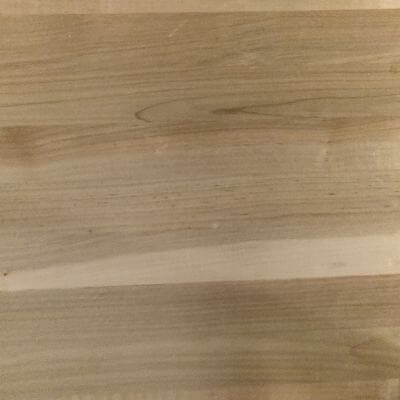
Like the cedar, there are over 126 classified species of pine. Each species has its own advantages and disadvantages. These are used on the basis of their properties.
| Properties | Cedar Wood | Pine Wood |
| Scientific name | Cedrus | Pinus |
| Tree height | 130 – 160 ft. (40 – 50 m) tall | 10 – 260 ft (3 – 80 m) tall |
| Wood color | Pinkish-red color to dark color | Yellowish or Whitish to Reddish-Brown |
| Workability | Great workability properties. | Good workability |
| Finishing | Good finishing qualities. | Good |
| Durability | It is extremely durable. Therefore it is used for Boat Making. | Good durability for interior applications. |
| Type | Softwood | Softwood |
| Uses | Cedar oil, fencing, decking, siding, boatbuilding, musical instruments, and many more. | Furniture, window frames, paneling, floors, roofing, and many more. |
Uses of Cedar and Pine Wood
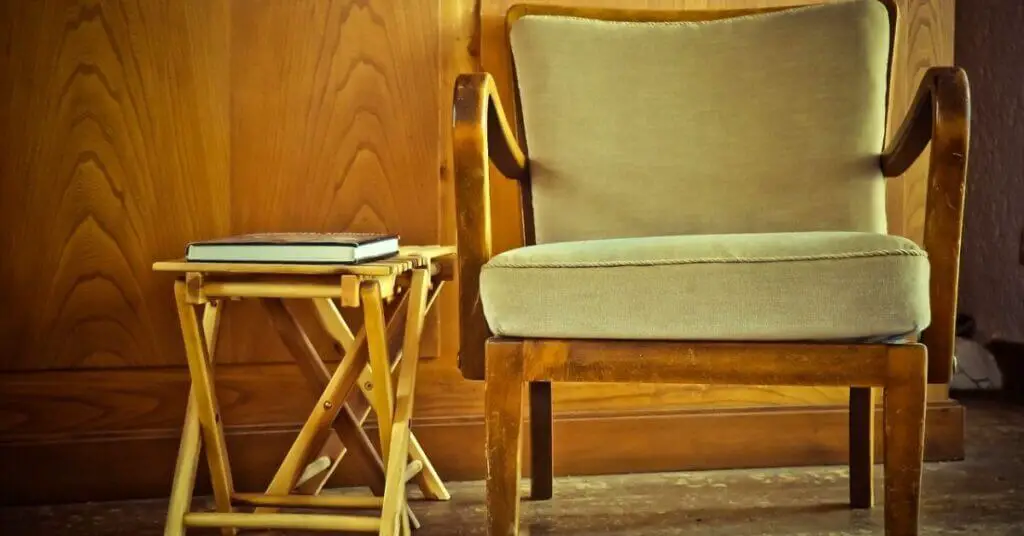
Cedar Uses
Cedar is known for making quality furniture. Its rich red color is attractive, which makes it an excellent choice for furniture and cabinets. It is suitable for both interior and exterior furniture.
Cedar Wood has aromatic properties, so it is widely used for clothing storage. So it will keep your home and your clothes smelling fresh.
Wood has great heat resistance wood and good decay resistance properties, so it is an excellent choice for making shingles.
Cedar, mahogany and Sapele have been used for musical instruments since long ago. However, Western Red Cedar and Yellow Cedar are famous for making musical instruments. Cedar is available at a lower price than mahogany and Sapele.
Cedar oil has been used for medicine, art, industry, and perfumery since ancient times, first used by Sumerians and Egyptians. It is still used for treatment in many rural areas.
Pine Uses
Pine wood is a great choice for furniture projects. It is known for its hardness and shock resistance. We know that hardness, color, impact resistance and grain are essential properties for quality furniture. Pine has all these qualities.
Pine is a better choice for moldings and trim. It is soft and lightweight, so it is easy to carve and mold. The workability of pine wood is very good.
Pine is also used for flooring and decking. However, some owners believe that hardwood is better for flooring because hardwood is stronger than softwood. But it is not 100% true. Despite being softwood, pine is suitable for flooring and decking.
Many dwarfs and beautiful pine species are available. Which are used as ornamental trees for parks and residential areas.
Difference Between Cedar and Pine Wood?
Color/Appearance
The color of cedar wood is light brown with dark red streaks, and on the other hand, the color of pine wood ranges from reddish-yellow to reddish-brown. Its sapwood is pale yellow to nearly white. The wood color and grain patterns vary among species.
The color depends on their environment and place of origin. For example – the heartwood of Eastern White Pine is light brown to red, and the sapwood is light yellow to almost white. The heartwood of jack pine is orange-brown, and the broad sapwood is yellow-white.
The color of pine wood becomes darker with age and cedar wood turn grey and matures to a silvery-grey.
Grain
Most species of cedar wood have a straight grain and a medium to coarse texture. While some species have shallow interconnected grains and medium natural luster.
On the other hand, almost all pine grain is straight, medium, and evenly textured, giving applications a uniform appearance.
Workability
Being a soft wood, all species of cedar can be easily worked with hand tools and machines. A beginner can be challenging to work with due to the presence of knots, but it is always easier than a hardwood. Northern white cedar, which is weak and soft, has less ability to hold nails and screws. Glue and finish nicely.
Some species of pine wood have a lower density than cedar wood, making them easier to cut and mold. The longleaf pine species contains resin, which can cause some problems with sandpaper.
Odor
White Pine has a faint, resinous odor while being worked while red cedar has a strong, lingering, aromatic scent.
Allergies
Working with pine and cedar has been reported to cause allergic skin reactions including eye, skin, and respiratory irritation, as well as runny nose, and asthma-like symptoms.
Sustainability
Cedar and Pine’s wood are both sustainable wood. These species are not listed in the CITES Appendices and are reported by the IUCN as being a species of the least concern.
Cedar or Pine: Which is the Best Wood for Fence?
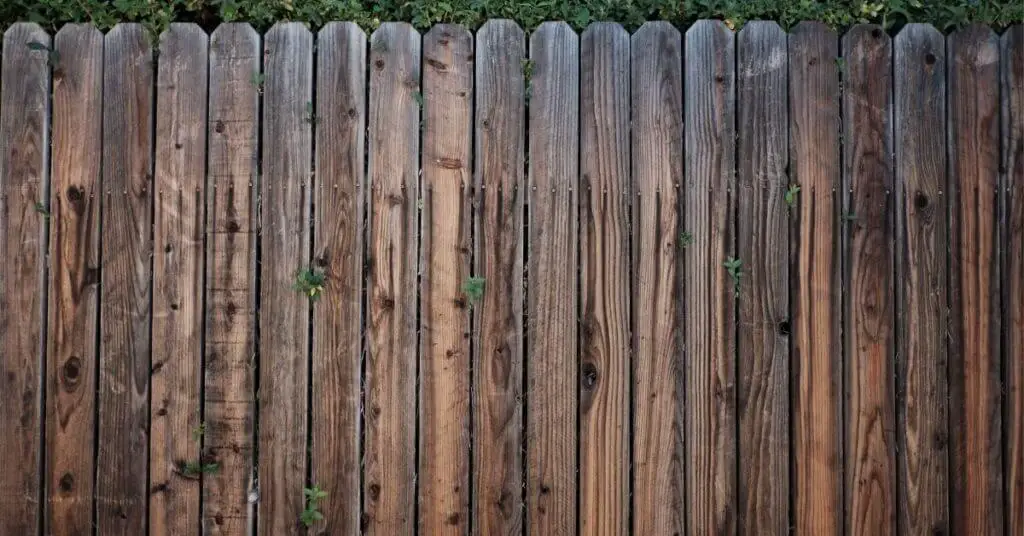
Both cedar and pine are excellent wood species and have been used for a long time. Since both are different species of wood, they both have some advantages and disadvantages. It depends on how you use it.
Cedar wood is more acceptable than pine for fencing because cedar is more durable and resistant than pine wood. Cedar wood can withstand insects, fungus and weather for long periods of time without any special treatment.
Which Wood is Harder? Cedar or Pine Wood
There are many species of Cedar and Pine, and their Janka hardness value depends on the species of these woods. The hardness values of all species are different from each other. Therefore it is difficult to say which wood is harder Cedar or Pine. You can compare in the table given below.
Cedar Wood Janka Hardness
| Cedar Wood Species | Janka Hardness |
| Northern white cedar | 320 lbf (1,560 N) |
| Western red cedar | 350 lbf (1,560 N) |
| California White Cedar | 470 lbf (2,090 N) |
| Spanish Cedar | 600 lbf (2,670 N) |
| Australian Red Cedar | 700 lbf (3,130 N) |
| Aromatic Red Cedar | 900 lbf (4,000 N) |
Pine Wood Janka Hardness
| Pine Wood Species | Janka Hardness |
| Eastern White Pine | 380 lbf (1,690 N) |
| Western White Pine | 420 lbf (1,870 N) |
| Red Pine | 560 lbf (2,490 N) |
| Austrian Pine | 660 lbf (2,920 N) |
| Loblolly Pine | 690 lbf (3,070 N) |
| Longleaf Pine | 870 lbf (4,120 N) |
Cedar Fence Pros and Cons
Of course cedar wood is a popular wood for fences but we know that every species of wood has its limitations. Is a cedar fence right for you? To know this, let’s take a look at its advantages and disadvantages.
| Cedar Fence Pros | Cedar Fence Cons |
| Cedar is known for its rich reddish-brown appearance. | It is very expensive compared to many other softwoods. If we compare it with a pine fence, then almost double the cost of cedar. |
| It is naturally rot-resistant. Which increases the age of your fence. | Experts believe that it is not suitable for areas with moisture. |
| It requires less maintenance than other softwoods. | Due to continuous exposure to sunlight, it loses its dark color. |
| It is light and soft, so the workability properties are very good. | It gets spoiled if it is in contact with moist soil for a long time. So required regular maintenance. |
| It is 100% eco-friendly, and it is not harmful to health. | Due to the high demand for cedar, it is not always available in the market. |
Pine Fence Pros and Cons
Pine is a preferred wood species for making fences as it is one of the most easily available and affordable wood species. But it also has some disadvantages about which you should know before using it.
| Pine Fence Pros | Pine Fence Cons |
| Pine has good soil resistance. Pressure-treated pine fences are especially durable for soil contact. | Pine is susceptible to rot and insect damage. Therefore requires regular maintenance. |
| The workability of pine is much better than cedar. | Pine wood is highly prone to warping and damage. |
| Most of the species are easily available in the market. | The wood color of the wood changes when exposed to sunlight. |
| Resists shrinkage and swelling. So that bad weather has less effect on the pine. We can say environmental balance is good. | Knots & Knotholes are present in common pine. Choose a high grade for better application. |
| It is more affordable than cedar. | It does not hold screws and nails very well. |
Cedar vs Pine Fence Cost
Generally, cedar fences cost more than pine fences. However, the price depends on the quality of the wood and the fencing companies. The cost of installing cedar or cedar fencing can vary greatly by region.
But when it comes to average price, pine fences vary from $9 to $24 per linear foot, and cedar fences vary from $24 to $35 per linear foot.

